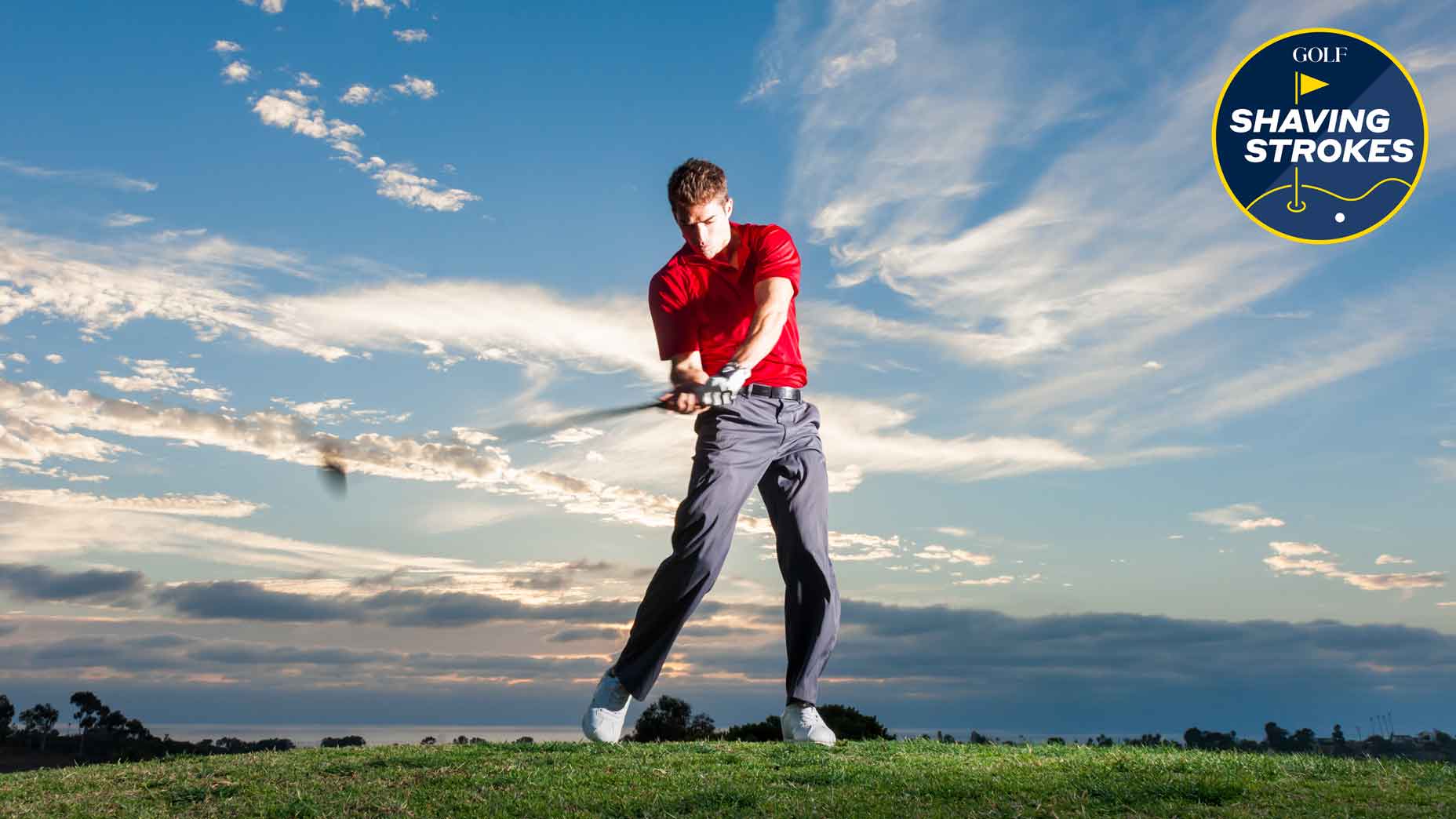Welcome to Shaving Strokes, a new GOLF.com series in which we’re sharing improvements, learnings and takeaways from amateur golfers just like you — including some of the speed bumps and challenges they faced along the way.
Every amateur loves a good golf excuse.
How many times have we hit a bad shot and then muttered to our playing partners something like, “Can you tell I haven’t played in awhile?”
Sure, it might feel good to blame something else, but it’s time to look in the mirror: You’re the problem. Not the time off, or the new clubs, or the way the greens were cut.
While there are plenty of golf excuses out there, many of them are actually myths. And GOLF Top 100 Teacher Jim Murphy identified one in particular that you need to stop using; because it just isn’t true!
It’s time to stop making this golf excuse
“In the game of golf, there are so many myths,” Murphy says. “I always get a kick out of people believing some of them, despite no evidence of their truth.”
One of the most common myths and/or excuses that Murphy says is popular among amateurs is the belief that swinging too fast is the reason for a bad shot.
We’ve all had that moment when we’ve tried to bomb our driver, gripping as hard as we can and swinging with as much power as possible. But when we do this, it often leads to a terrible result, with many golfers turning to their playing partners and saying, “I just tried to kill it.”
This might help you feel better about yourself, but Murphy says it’s a total myth.
“Many players typically get advice from other amateurs about slowing things down in their swing,” Murphy says. “But these people probably aren’t that much better at golf, so they aren’t qualified to provide that kind of feedback. If slower was better, then Tour players wouldn’t be the best players in the world. We know that’s not the case, so why would anyone believe that slower is better?”
So what’s Murphy getting at? He says slowing down your swing does nothing but lead to shorter shots.
“In 39 years of teaching, I’ve never had anyone come to me and ask for a lesson in hitting it shorter,” he quips. “Swinging slower might lessen the severity of an error, meaning a sliced drive may go 20 yards out of bounds as opposed to 30 yards out of bounds, but it never fixes a problem.”
Instead of slowing down your swing, it’s important to understand how to have controlled swing speed, which comes down to proper mechanics.
Here’s what three-time major champ Padraig Harrington suggests to increase clubhead speed the right way — which will help you avoid using this common golf excuse.
“When I’d go to the range and practice, I could get ball speeds into the 190s. But when I’d go play, I’d be about 174 ball speed or something,” Harrington said. “So I keep doing my speed work. I still do gym work. But I actually hit the golf ball harder in practice. That’s really what I do when I go.
“I would recommend that you’re doing 20 balls at the end of your session, flat out. Take those 20 balls and try to lose any inhibition about the shot outcomes. You’re not trying to do anything but swing as hard as you can. Do that once or twice a week.”
So don’t be afraid to tee it high and let it fly or grip it and rip it, because, by using the right fundamentals, you can achieve the speed (and distance) you seek without costly errors.
